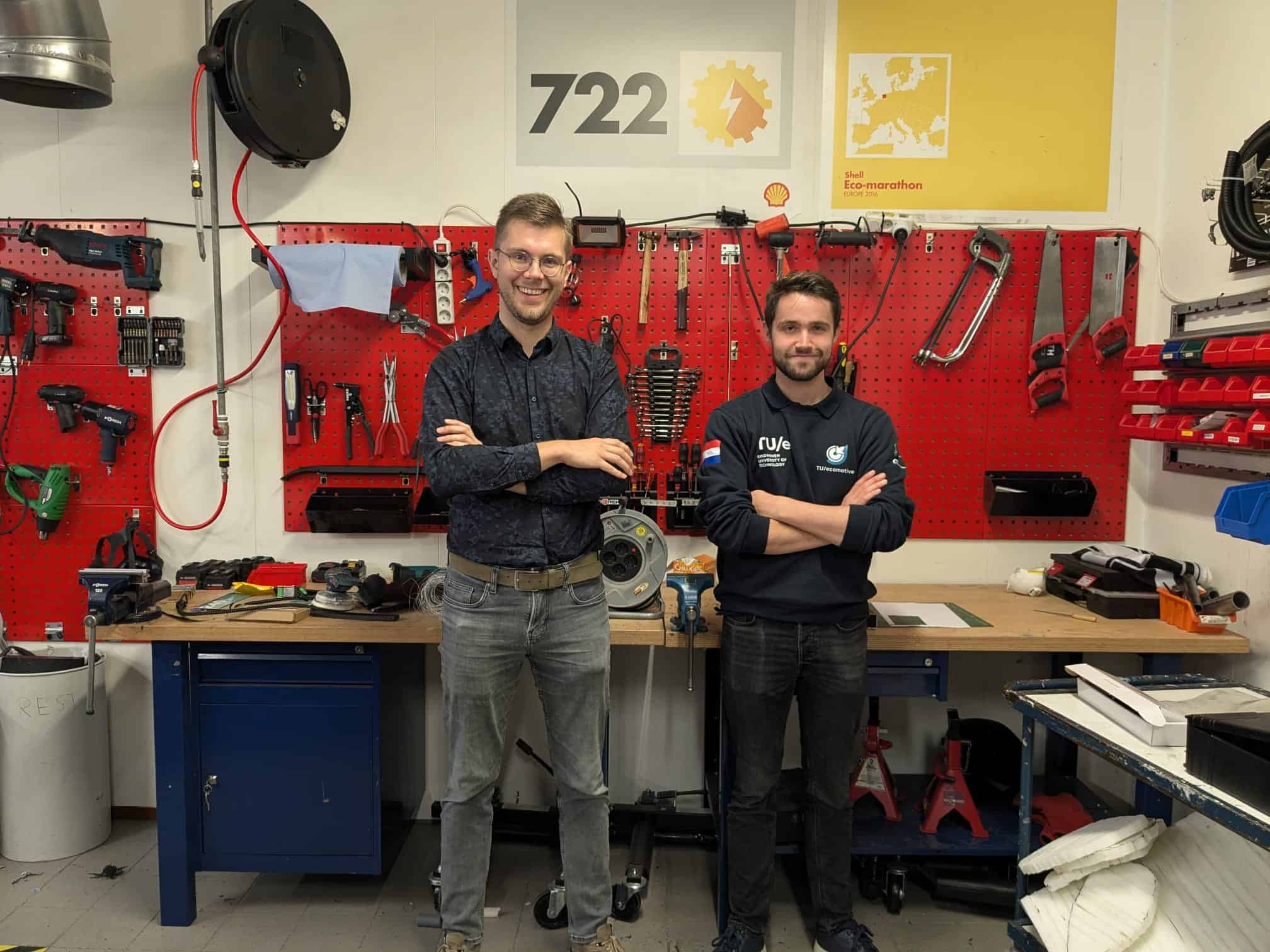
In 2020, the market capitalization of Tesla has increased by around 700%. Tesla’s value is now about 50% of the total of all other car brands combined, which have also gained value themselves. This means that the car industry has become about one and a half times more valuable in a short period of time. Apparently, analysts still see a very healthy future for the automobile.
Tesla’s success is often compared to the rapid rise of other companies that are disrupting an entire industry out of a garage box, often surfing the waves of digitization. Just ask a former employee of Kodak, Blockbuster, or Encyclopedia Brittanica: where digitization strikes, everything changes exponentially. Yet, there is a fundamental difference in the case of the car: where the market for music, photography, and information has been replaced by a fully digital alternative, mobility is still about moving people weighing about 70 kilos on average. And with such a significant physical share, disruption immediately slows down.
The question for the future of the automotive industry is, therefore, whether a born-digital newcomer will succeed in making the step to that physical world, or whether the traditional industry will be able to digitize itself fast enough. On both sides, fanatical supporters are shouting that the end for the other camp is approaching rapidly. But that battle is far from over. Tesla is way ahead of digitization with seamless access to services, ease of operation, over-the-air update capabilities, and all its autonomous functions. But the many problems with the hardware are more difficult to solve with a software update. And the lack of a customer service department turns out to be tricky in the world of mobile devices. Also, the repeated over-promising about autonomous abilities can cost Tesla dearly in due course.
On the other hand, the traditional automotive industry, often hampered by cumbersome procedures, is still struggling to find the connection, both in terms of software and electrical transmission. Nevertheless, this is where the first success stories are now emerging. Porsche’s success with the electrically driven Taycan is symbolic. Mind you: a classic brand, driving on emotion, not in the least because of the engine noise, has been able to produce the most desirable and best-driving car of the moment. The new Fiat 500 is another such classic symbol. Its new version is only available as an electric car. This is important for Tesla, which earns hundreds of millions each year by selling CO2 credits to the FiatChrysler group. This substantial profit contribution could disappear with the success of the new Fiat 500.
For the time being, the choice is between fantastic software with clumsy hardware or fantastic hardware with clumsy software. I have my own preference by now, but the choice will be different for everyone. But rest assured that both camps will soon catch up. By then it’s not so much Tesla against the rest, but more Tesla and the rest. With the car as the winner, and above all, its driver.








